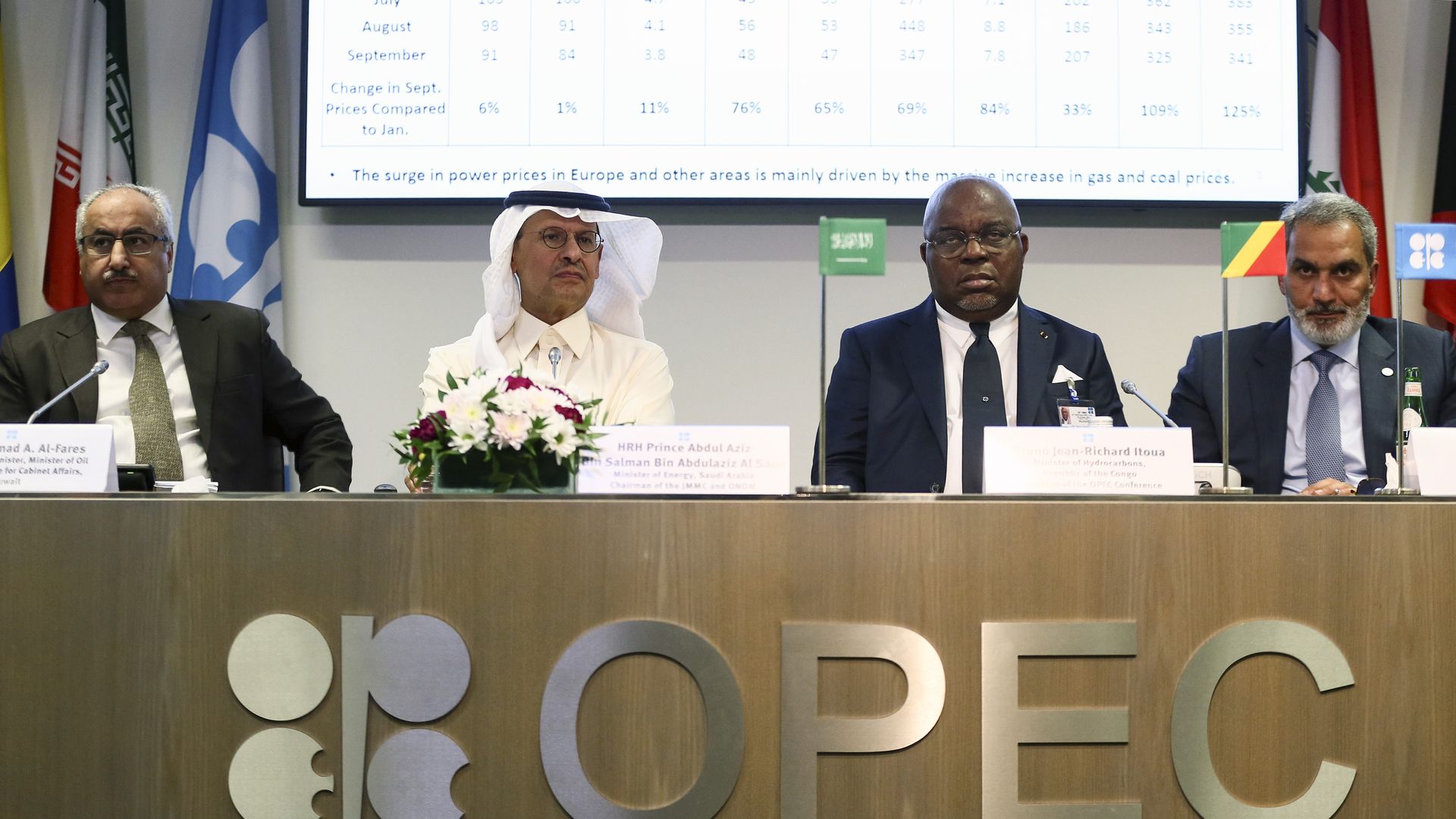Saudi Arabia will export about 47 million barrels of crude to China in July, marking a modest decline of one million barrels compared with June allocations. Despite the slight reduction, this remains the third consecutive month of elevated shipments to the world’s largest crude importer, underscoring Riyadh’s resurgence in securing market share.
This shift follows a decision by OPEC+—a coalition of the Organisation of the Petroleum Exporting Countries and key allies—to increase collective oil production by 411,000 barrels per day in July, mirroring identical output hikes in May and June. Within this framework, Saudi Arabia has strategically adjusted its allocations across refiners within China’s vast energy landscape.
State-owned giants Sinopec and PetroChina, alongside the Aramco-Sinopec joint-venture Fujian refinery, are designated to receive greater volumes in July. Conversely, independent processors such as Rongsheng Petrochemical, Hengli Petrochemical, and Shenghong Petrochemical face reductions. This redistribution highlights a prioritisation of established, integrally linked buyers amid a backdrop of expanding OPEC+ supply.
Although Aramco has yet to comment publicly, the company’s allocation strategy aligns with broader pricing adjustments. Saudi Arabia recently reduced the official selling price of its Arab Light grade to Asia for July, setting it at $1.20 per barrel above the Oman/Dubai benchmark—20 cents less than June’s pricing and the lowest benchmark since May. This pricing decision reflects two intertwined considerations: increased global supply and sustained domestic demand.
Internally, Saudi Arabia ramps up crude consumption for power generation and refinery throughput during the summer months. This seasonal domestic demand can restrict exportable volumes, prompting a more conservative OSP reduction compared with the broader cutbacks anticipated by markets. Meanwhile, the continued output expansion under OPEC+ serves both competitive and geopolitical objectives, helping Riyadh reclaim influence in key markets.
OPEC+ members have collectively unwound approximately 1.37 million bpd of previously implemented cuts since April, which form part of an initial 2.2 million bpd reduction plan initiated in early 2025. The restored output aims to counterbalance growing global non-OPEC production and mitigate domestic political pressure—particularly from the US, which has advocated for greater oil supply. Notably, seven other nations in the coalition also agreed to this third consecutive increase, reinforcing OPEC+’s strategic shift towards output recovery.
Market analysts indicate that larger increases in crude availability have begun to weigh upon Middle Eastern benchmarks, with the June OSP developments “less aggressive” than anticipated, partly due to Saudi Arabia’s own intensified refinery runs. Global demand dynamics further complicate the outlook, with potential softening in Chinese economic indicators and US-China trade negotiations influencing futures pricing.
This recalibrated export approach reflects a nuanced balancing act for Saudi Arabia: securing long-term contracts with major Chinese refiners while managing domestic consumption and contributing effectively to global supply strategies. Analysts point out that the kingdom has largely succeeded. Brent crude futures have remained stable around $65 per barrel, with occasional upward pressure following confirmation of July’s OPEC+ increment.
Within China, diversions in allocations have specific implications. State refiners, many with government backing and deeper logistical links to Aramco, stand to gain from increased shipments. Independent refiners, essential drivers of private-sector energy demand, are compelled to source a greater share of crude from alternative suppliers such as Russia, the Middle East, or emerging West African producers. Their reduced access to Saudi barrels may translate to thinner margins amid said competition.
Chinese crude throughput data underscores this evolving dynamic. Earlier this year, the nation’s refiners reached record-high processing levels—nearing 14.8 million barrels per day—yet faced maintenance schedules and weakening export margins for oil products. These factors have cooled demand from some processors, slightly alleviating pressure on upstream supply chains.
Within OPEC+, calls for coherence and strict quota compliance persist. Saudi Arabia has publicly censured members like Kazakhstan for exceeding agreed production levels, underlining Riyadh’s insistence on an equitable distribution of output responsibilities. Expectations remain that OPEC+ may complete the unwind of its 2.2 million bpd voluntary cuts by the end of September, though some analysts caution that internal discipline could falter, potentially reshaping future output and pricing trajectories.
Against this backdrop, Saudi Arabia’s adjusted supply to China illustrates both strategic recalibration and geographic realignment. By trimming shipments marginally from independents, bolstering allocations to state-linked refiners, recalibrating export prices, and synchronising with collective OPEC+ policies, the kingdom is reinforcing its position in a price-sensitive, competitive marketplace.
July’s allocations represent not a retreat but a fine-tuned manoeuvre in a complex global chessboard. Saudi Arabia is both maintaining influence and responding to evolving domestic and international demands. While Chinese imports continue at robust levels, the marginal dip signals a deliberate redistribution rather than a market-driven contraction.

